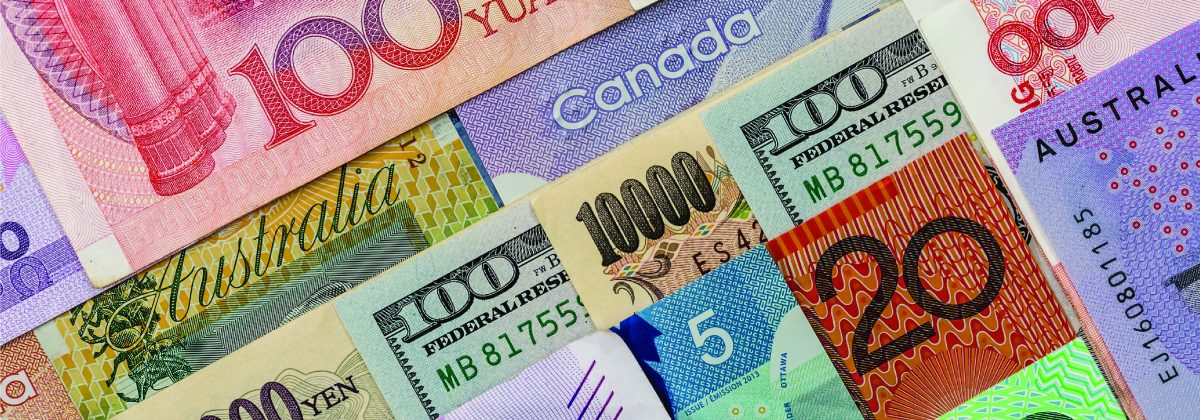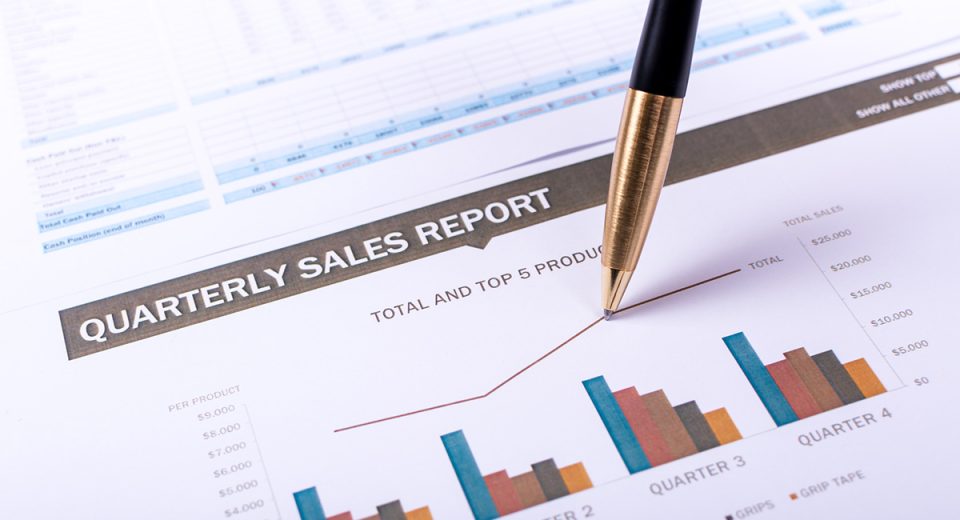Emerging Currencies to Watch in the Final Leg of 2025

The US dollar had the worst H1 in 2025 in over 50 years. The dollar index (DXY) declined nearly 11% in the first half of the year, ending a 15-year-long bull run. The White House’s trade policies, Trump’s chaotic governing style, and rising public debt all weighed on the greenback. Morgan Stanley Research predicts that the currency could potentially decline by another 10% by the end of 2026.
As a weaker dollar exerts inflationary pressures, the Federal Reserve (Fed) may be forced to lower interest rates, further affecting the demand for the USD. This also means that investment capital is likely to go elsewhere, and traders will be looking for opportunities beyond the US dollar. Dr. Murat Ulgen of HSBC informed in a July seminar that “capital is flowing into emerging markets (EMs).” Attractive equity valuations in the emerging economies and support for foreign investment are drawing capital to these markets. This means the demand for emerging currencies (and hence their valuation) can be expected to rise.
Identifying Suitable Emerging Market Currencies
Forex trading involves currencies with enough volatility and liquidity to effectively discover and explore trading opportunities. While choosing an EM currency, certain factors can help you determine which one would work best for you. These include global demand, central bank interest rates, the country’s economic and political stability, innovation and technology advances in the country, and job creation and employment numbers.
Here’s a list of currencies to watch out for in Q4 2025:
Chinese Yuan
Given that China is the world’s second-largest economy and a major exporter, the demand for the Chinese yuan (CNY) may rise through the last leg of 2025. China already has free trade agreements with several African nations. The country also has deep trade ties with Russia. So much so that the CNY accounted for more than 99% of the trade on the Moscow Stock Exchange in the summer of 2024. The September 2025 power show on Victory Day demonstrated growing ties between China and North Korea as well. China is already looking for and grabbing newer markets as trade discussions with the US fail to reach a favourable conclusion.
Indian Rupee
India became the fourth-largest economy in the world in May 2025. Plus, the nation economy grew at a faster-than-expected rate of 7.8% in Q1 FY2025-26. The Indian economy is expected to grow at the fastest rate in the world by the World Bank and IMF. In fact, the IMF has raised its economic growth for the country to 6.4% for both 2025 and 2026, from its previous forecast of 6.2% GDP growth. In addition, India has recently signed a TEPA with the UK and is exploring a similar partnership with the EU as of September 2025. The country’s government introduced key reforms and investor-friendly initiatives to streamline foreign capital flows in 2025.
Taiwanese Dollar
Taiwan is expanding its export potential in the technology sector, especially in the AI and semiconductor space. In August 2025, the Industrial Technology Research Institute (ITRI) of Taiwan upgraded its forecast for the semiconductor industry’s output in 2025 to 22% from 19% (estimated in May 2025). Taiwan’s leading semiconductor supplier, Taiwan Semiconductor Manufacturing Company (TSMC) reported a 61% y-o-y increase in its profits for Q2 2025.
Brazilian Real
By August 2025, the Emerging Markets Latin America Currency Index by MSCI was up 20% YTD. The Brazilian real (BRL) had surged over 15% YTD by September 2025. The growth in currency valuation was driven by the aggressive monetary tightening by Banco Central do Brasil (BCB), the nation’s central bank. BCB had also hiked interest rates by 5 bps in the 12 months to September 2025. High interest rates translate into higher returns for currency holders, which supports the demand for the currency.
Forex Trading Strategies for Emerging Market Currencies
EM currencies are more volatile and, hence, generate more trading opportunities. Trading forex via CFDs enables you to explore opportunities in your preferred currency pair, regardless of whether it rises or falls. Popular trading strategies to capture forex market moves include:
Scalping
This strategy aims to explore more opportunities per trading session and capture multiple tiny profits. It is suitable for highly volatile markets. You can use Bollinger Bands and the Relative Strength Index (RSI) on shorter timeframes to identify entry and exit points.
Day Trading
Day trading focuses on holding positions for minutes or several hours within a single day, aiming to take advantage of intraday moves. Indicators, such as Exponential Moving Averages (20 EMA & 50 EMA) and On-Balance Volume (OBV), that show trends in the short-term can be helpful for intraday forex trading.
Swing Trading
Swing trading is better suited for those who can’t monitor charts all day. It involves holding trades over multiple days or weeks. Moving Average Convergence Divergence (MACD) and Fibonacci Retracements are popularly used to trade reversals and determine stop loss and take profit limits.
Manage Risk
While you can choose any trading strategy that aligns with your trading style and goals, make sure to hedge against the uncertainties of market movements.
Paul Mackel, Global Head of FX Research at HSBC, had commented at HSBC’s Emerging Markets Seminar 2025 that “emerging market currencies can do better for the next few quarters.” Start with a demo account to practise trading the opportunities in EM currencies.
To Sum Up
- The US dollar weakened sharply in 2025, driving capital into the emerging markets.
- The Chinese yuan, Indian rupee, Taiwanese dollar and Brazilian real are some of the key currencies to watch for forex traders.
- Strong trade ties, economic growth and high interest rates support these currencies.
- Scalping, day trading and swing trading are popular forex strategies to explore the opportunities in emerging market currencies.
- Beginners should practice on a demo account and always use risk management while trading forex.
Disclaimer:
All data, information and materials are published and provided “as is” solely for informational purposes only, and is not intended nor should be considered, in any way, as investment advice, recommendations, and/or suggestions for performing any actions with financial instruments. The information and opinions presented do not take into account any particular individual’s investment objectives, financial situation or needs, and hence does not constitute as an advice or a recommendation with respect to any investment product. All investors should seek advice from certified financial advisors based on their unique situation before making any investment decisions in accordance to their personal risk appetite. Blackwell Global endeavours to ensure that the information provided is complete and correct, but make no representation as to the actuality, accuracy or completeness of the information. Information, data and opinions may change without notice and Blackwell Global is not obliged to update on the changes. The opinions and views expressed are solely those of the authors and analysts and do not necessarily represent that of Blackwell Global or its management, shareholders, and affiliates. Any projections or views of the market provided may not prove to be accurate. Past performance is not necessarily an indicative of future performance. Blackwell Global assumes no liability for any loss arising directly or indirectly from use of or reliance on such information here in contained. Reproduction of this information, in whole or in part, is not permitted.




